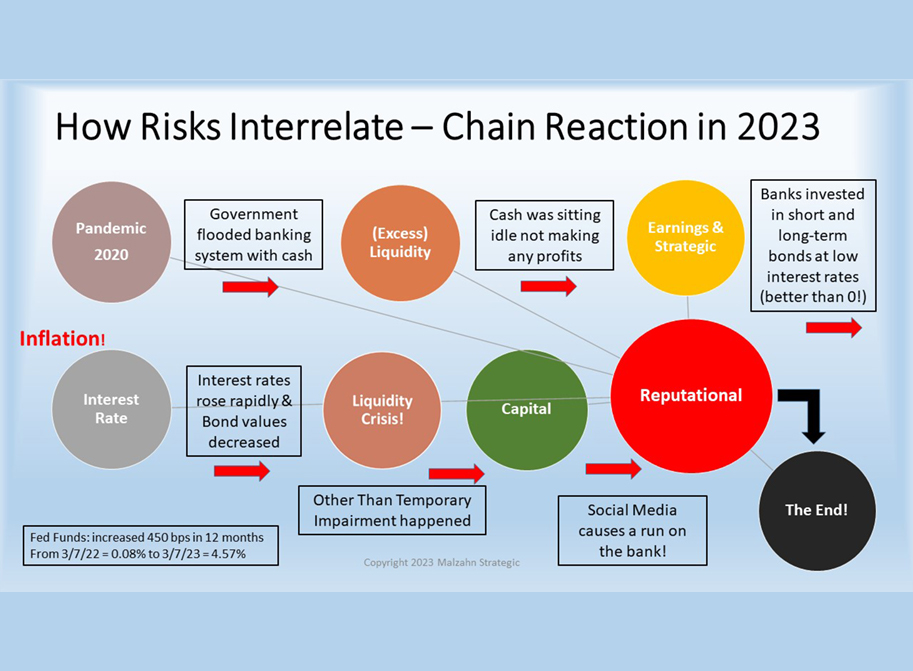
Increased employee engagement through education and training is a brilliant strategy. Yet one of the first budget items to go away in tough times is the education and training budget! Why is that? Because community banks and credit unions may not have discovered the true value of continued education and training for their employees. Below are 6 reasons to increase your training budget, or at least continue, your education and training budget during tough economic times.
1. Education and training are different. You need to do both.
Education is more formal in that your employees obtain a college degree or a specific certification in their field. Examples of formal education are a Compliance and Bank Secrecy Act Officer Certification, Commercial Lending School, Financial Management School, Human Resources Certification, Community Bank IT Security Officer Certification, and others.
Training is more informal where your employees attend seminars, webinars, workshops, or simply have one employee train another. Training ensures the standardization of your internal processes and procedures across branches.
2. Education keeps your employees’ minds learning.
The more employees learn the more they learn. In other words, as employees attend training in various areas, employees’ minds open to learn even more. Learning is a tool to keep your employees engaged in their specific jobs and also to learn about other areas of the institution they may want to move to later.
3. Continued and ongoing training creates a culture of cross-training.
The goal in cross-training everyone in the organization is for your customers or members to always be serviced, regardless of who is in the office or out. At the same time, you may find that the person who is cross trained actually performs the duties better than the incumbent. This is good to know in case the employee in that job leaves the organization. You then have an automatic backup already trained. Make sure to add in everyone’s job descriptions that cross-training is part of their jobs so no one can say they didn’t know that learning or doing somebody else’s duties was not part of their job.
4. Education and training create a pipeline for succession planning.
When everyone knows somebody else’s job, they may share their interest in someday doing the other job at some point. Or, at a minimum, they will enjoy performing the other person’s job as a backup and not feel inadequate during that person’s absence. The cross-training culture naturally creates a pipeline for succession planning because the leaders can take notice of who performs each job best. Similarly, cross training opportunities create career paths for everyone.
5. Continued education and training result in a culture of engagement.
A culture of cross-training produces a culture of employee engagement. Employees appreciate that the organization invests in them to train them and give them the tools necessary to succeed in their jobs. Even if they end up leaving, they will never forget that you provided these opportunities to learn. But most likely, they will want to stay to continue learning. Their increased loyalty may lead to new potential career paths they didn’t plan without the additional training.
6. Tracking education and training results in increased credibility with your regulators.
And as an added bonus, when regulators see a robust education and training program, it shows your commitment to investing in your employees, which results in a more safe and sound institution. The more trained your employees are the less errors they will make with account holders. That in turn leads to increased customer satisfaction and potentially higher profits for your institution.
I hope this blog encourages you to keep your education and training budget, and hopefully increase it, during tough times. Employee engagement is a retention strategy. And you can attain increased employee engagement through education and training.








